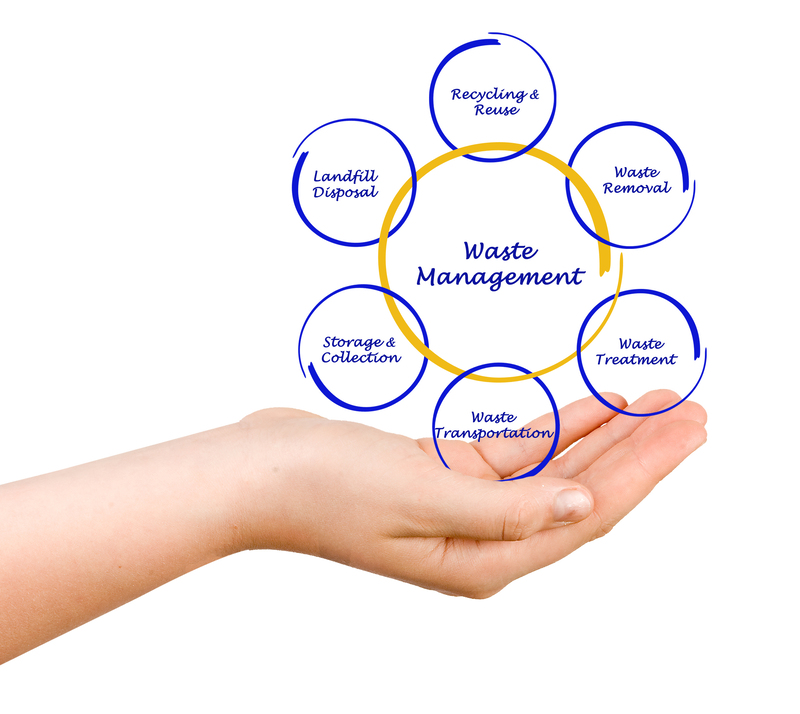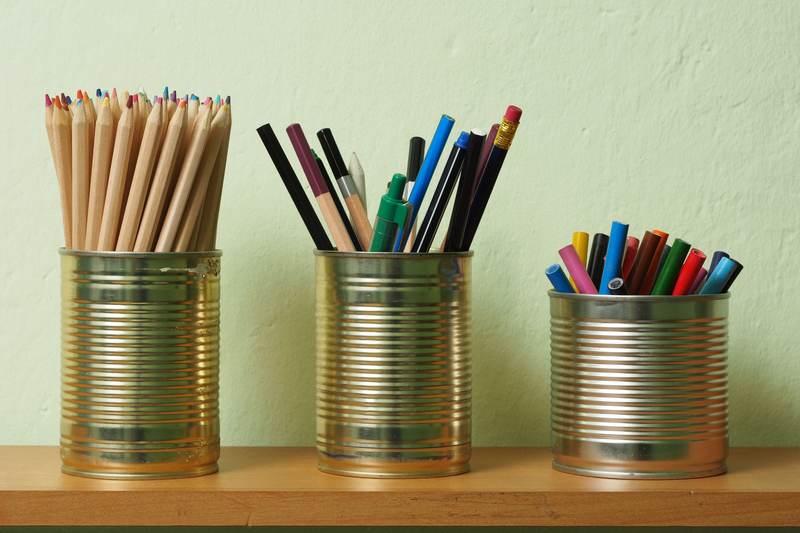How to Safely Discard Mask and Glove Waste Without Risk
The use of masks and gloves has become a new normal in our daily routines since the emergence of COVID-19 and other infectious diseases. However, proper mask and glove waste disposal is often overlooked. Incorrect disposal can not only harm the environment but also pose significant health risks to both the community and waste management workers. In this comprehensive guide, you will learn how to safely discard used masks and gloves, minimizing any risks associated with their disposal.
Why Proper Disposal of Masks and Gloves Is Crucial
Understanding the importance of safe disposal of mask and glove waste will motivate us to adopt responsible habits.
- Environmental Protection: Disposable masks and gloves, often made of non-biodegradable materials like polypropylene, contribute to plastic pollution if not correctly discarded.
- Disease Prevention: Used personal protective equipment (PPE) may harbor pathogens, increasing the risk of community spread when left in public spaces or mixed with regular waste.
- Safety for Sanitation Workers: Waste handlers are at elevated risk of exposure to infectious materials. Proper PPE waste management protects these essential workers.
By adopting the best practices in mask and glove waste disposal, we protect ourselves, those around us, and our planet.

Understanding the Risks of Improper Mask and Glove Disposal
To emphasize the need for caution when discarding these items, consider the dangers:
- Virus transmission: Mask and glove waste can carry viruses and bacteria, increasing contamination risks if others come in contact with them.
- Wildlife threat: Disposed PPE can be mistaken for food by animals or entangle them, leading to injuries or death.
- Plastic pollution: Improperly discarded masks and gloves contribute significantly to land and water pollution, as these materials take hundreds of years to decompose.
Health Risks:
Used masks and gloves might contain respiratory droplets, bodily fluids, or pathogens, such as viruses or bacteria. This makes safe PPE waste disposal absolutely necessary in homes, workplaces, and public spaces.
Types of Masks and Gloves and Their Disposal Needs
Knowing your protective equipment helps you distinguish the best disposal method. There are several types in common use:
- Disposable surgical masks - Single-use and usually made from multiple layers of synthetic material.
- Cloth masks - Washable and reusable, made from fabric.
-
N95 respirators - Highly protective, often used in healthcare settings.
- Disposable gloves - Often made of nitrile, vinyl, or latex, and intended for single-use.
Cloth masks should be cleaned and reused rather than discarded, while disposable masks and gloves should be discarded responsibly.
Best Practices for Safe Mask and Glove Waste Disposal
1. Hand Hygiene First
Before removing used masks or gloves, wash your hands thoroughly with soap and water or use a sanitizer. This reduces the risk of transferring contaminants.
2. Removing Masks and Gloves Safely
- Masks: Handle by the ear loops or ties, avoiding contact with the front surface that may be contaminated.
- Gloves: Grab the outside of one glove near the wrist and peel it away, turning it inside out, then use the removed glove to peel off the second glove.
3. Segregate Medical PPE Waste
Always segregate disposable PPE items, like masks and gloves, from your regular household waste. Place them in a dedicated, leak-proof trash bag.
4. Double-Bagging Method
- Place the used mask and glove in a small bag (plastic or biodegradable), knot it tightly.
- Place this bag into the main trash bag, knotting again before disposal.
Double-bagging minimizes the risk of leakage or contamination during transport and disposal.
5. Clearly Mark PPE Waste Bags
If possible, label or mark these bags as containing potentially contaminated PPE. This helps sanitation workers take additional care when handling the waste.
6. Avoid Recycling Bins for Mask and Glove Disposal
Masks and gloves are not recyclable. Placing them in recycling bins risks contaminating the recycling stream and endangering recycling plant workers.
7. Dispose with Household Waste
Most municipal waste collection services instruct that used masks and gloves should go with regular landfill waste, never with recycling or compost.
8. Wash Hands Again
After bagging and disposing of PPE waste, wash your hands thoroughly. This final step is vital in preventing accidental transmission of germs.
Safe Disposal at Work and in Public Places
At Work
-
Employers should provide special bins lined with bags and located in accessible areas for the safe collection of used masks and gloves.
- Instruct staff on proper removal and disposal methods through visible signs or training.
In Public Spaces
- Look for bins marked for PPE waste disposal whenever possible.
- If unavailable, use a personal bag to store your used mask or glove until you reach a suitable waste container.
- Never leave used PPE on the ground or in shopping carts.
Environmental Considerations for Mask and Glove Waste
The environmental impact of improper PPE waste disposal is significant:
- Microplastic pollution: Masks and gloves break down into tiny plastic fragments, contaminating soil and waterways.
- Wildlife ingestion: Animals may eat or become entangled in discarded PPE, with fatal consequences.
If possible, choose biodegradable or eco-friendly PPE alternatives, and always ensure proper disposal.
Mask and Glove Waste Disposal During Pandemics or Health Emergencies
During outbreaks, the risk associated with mask and glove waste increases sharply. Follow these enhanced precautions:
- If you or a family member suspect illness, handle used masks and gloves as infectious waste.
- Keep the PPE waste bag separate from other waste for 72 hours before final disposal, to allow pathogens to die off.
- Notify local waste management if you have large quantities of PPE waste for special guidance.
How Municipalities and Organizations Should Handle PPE Waste
- Install dedicated PPE disposal bins: Place bins in hospitals, shopping malls, offices, and transport hubs. These bins should be regularly emptied following safety protocols.
- Public education: Use posters, social media, and community outreach to inform citizens about the importance of proper PPE waste management.
- Protect sanitation workers: Equip waste handlers with gloves, masks, and training in handling medical and household PPE waste.
Legal Regulations and Guidelines
Local authorities and health organizations often issue specific rules for the safe disposal of mask and glove waste. Stay updated by visiting their websites or contacting your community administration. Some commonly recommended guidelines include:
- Always segregate PPE waste from recyclables and organics.
- Use securely tied bags for disposal.
- Do not attempt to clean or reuse single-use masks and gloves.
Innovative Solutions: Reducing Mask and Glove Waste
- Opt for reusable cloth masks whenever possible, cleaning them regularly.
- Choose eco-friendly, biodegradable PPE made from starch or natural fibers.
- Participate in local PPE recycling or upcycling initiatives if available, but beware of cleanliness protocols.

Frequently Asked Questions
Can disposable masks and gloves be recycled?
No. Disposable PPE items are not designed for recycling. They can contaminate other recyclables and present health risks to sorting facility staff.
How do I dispose of PPE if I am COVID-19 positive?
Place the used mask and gloves in a plastic bag, seal it tightly, and keep it separate from other waste for at least 72 hours before discarding with the general waste stream.
Is flushing gloves or masks down the toilet safe?
Never flush masks or gloves. They can cause severe plumbing blockages and damage wastewater treatment systems.
What should businesses do about office mask and glove waste?
Businesses should install specially marked bins for PPE disposal and ensure employees are aware of the proper protocols.
Conclusion: Protecting Health and the Planet
In summary, safely discarding mask and glove waste without risk is an essential aspect of personal and public health. By following the outlined steps -- maintaining hand hygiene, segregating waste, double-bagging, using safe bins, and avoiding recycling contamination -- we can reduce health risks and prevent environmental harm.
Remember, every responsible act of safe PPE disposal protects our families, sanitation workers, community, and the environment. For additional guidance, always consult your local health department or waste management agency. By making safety and sustainability a priority, we can all contribute to a cleaner and healthier future.
